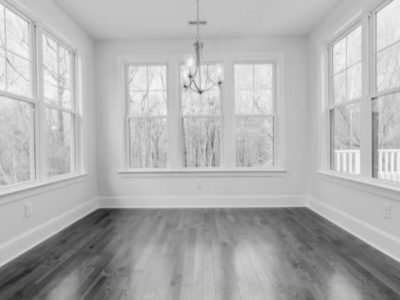There was a celebratory ring to spending in January, with shoppers splurging in a relief rally for bricks and mortar stores.
Compared to the dismal situation last year, at the depths of the lockdown, and Omicron’s shock to the system in December, January unfolded as a late late Christmas present for the high street.
After having spent many more days confined to home due to infections and the mass cancellation of events in December, there was clearly an urge to revamp rooms with new furnishings top of shopping lists.
But there are still warning lights for the high street in this snapshot from the BRC-KPMG Retail Sales Monitor.
The 11.9% uplift in sales was partly driven by price inflation.
So this blow out is likely to be short lived, and there are already signs we may have seen the last of the big spenders in the shops for a while.
The cost of living squeeze is set to see consumers keeping a tight rein over their purse strings in the months to come.
Immunity to higher prices is harder to come by, with higher prices infecting more and more households.
Almost 7 in 10 adults questioned during the last two weeks of January said their cost of living had increased, up from 66% during the previous period, according to the ONS.
Other data out from Barclaycard indicates that almost 9 out of 10 consumers are worried about the impact of higher prices on their finances, with around a third saying rising energy costs will affect spending on discretionary items.
There are indications that we may be ring-fencing budgets to protect our social lives rather than buying more stuff, with spending on social lives edging up by 4 percentage points in the last week of January according to the ONS.
Having delayed so many visits to pubs bars and restaurants, there is clearly pent up demand.
With consumers starved of going out-out for so long, this may be the start of a pattern away from buying goods to spending bigger on the services the hospitality sector has to offer.
























Comments